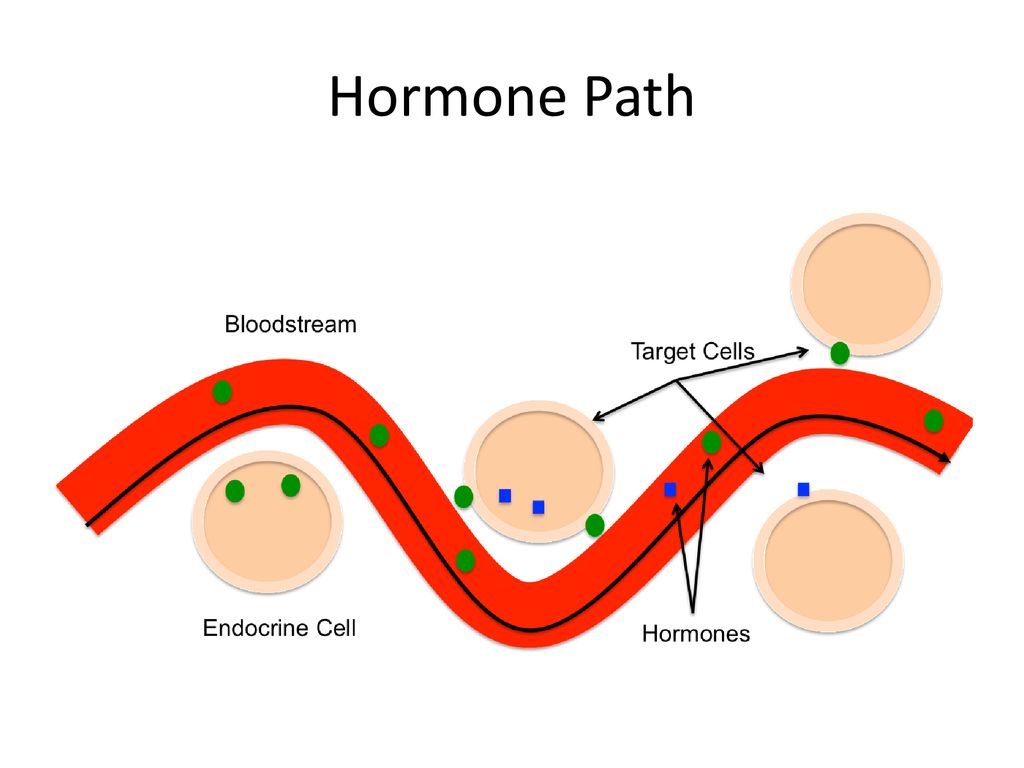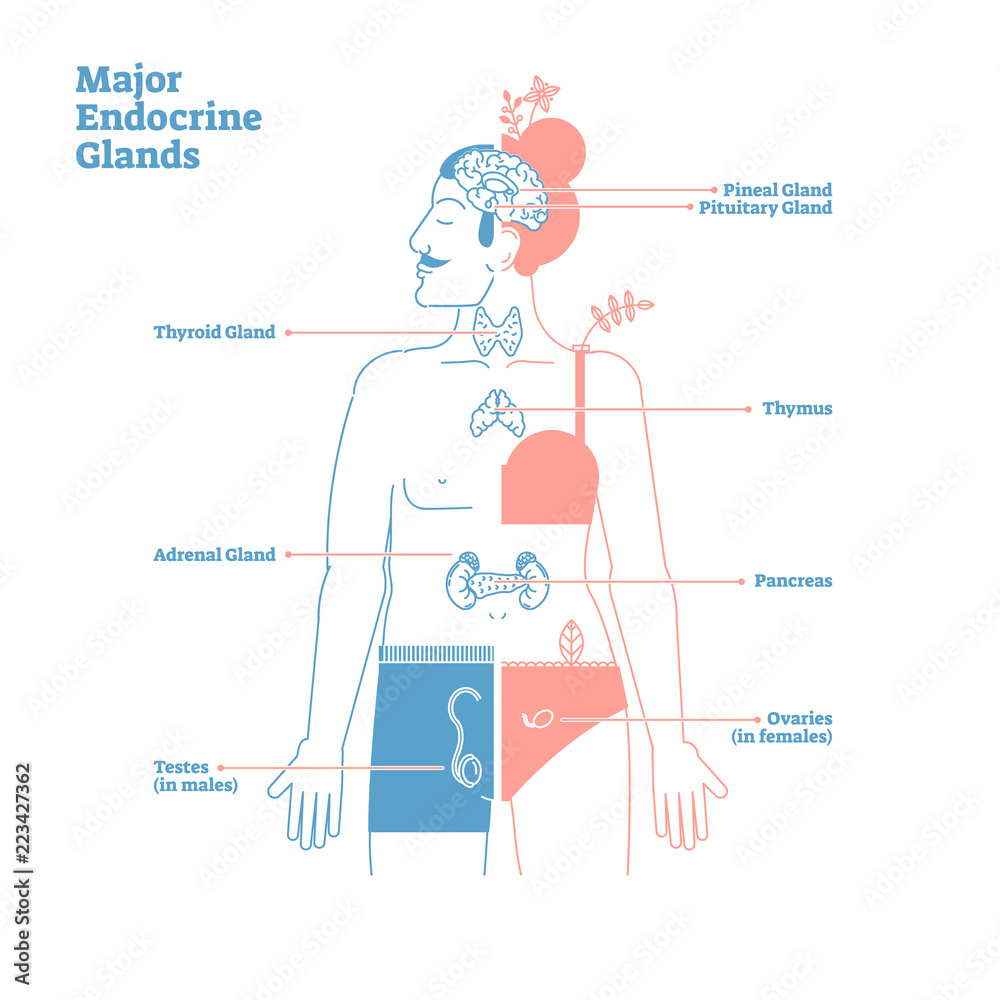Endocrine System Ch 18 Sect 3 Biology Diagrams List of human hormones. Stimulates the adenylyl cyclase pathway, resulting in increased synthesis and release of insulin: 33 Gonadotropin-Releasing Hormone: GnRH Involved in orgasm, trust between people, [2] and circadian homeostasis (body temperature, activity level, wakefulness). [3] 50 Pancreatic polypeptide: Peptide:

Types of Hormones. The hormones of the human body can be divided into two major groups on the basis of their chemical structure. Hormones derived from amino acids include amines, peptides, and proteins. Pathways of Hormone Action. The message a hormone sends is received by a hormone receptor, a protein located either inside the cell or

Anatomy and Physiology I - Lumen Learning Biology Diagrams
Understanding how hormones and enzymes function, as well as their pathways and regulatory mechanisms, is crucial for comprehending both normal physiology and the basis of various diseases. Their significance cannot be overstated; they are pivotal in nearly every aspect of human biology. Hormone Types

Hormones are essential for regulating the intricate functions of the body, from growth and metabolism to stress response and reproduction. Understanding the biochemical pathways of hormone synthesis and action provides valuable insights into how the body functions and how diseases associated with hormonal imbalances can be treated. Hormone-Secreting Glands. The human body is a network of glands that produce and release hormones, each with distinct functions and targets. The pituitary gland, often dubbed the "master gland," plays a central role in regulating other endocrine glands. Exploring hormonal pathways reveals the sophisticated routes through which hormones The endocrine hormones are a wide array of molecules that traverse the bloodstream to act on distant tissues, leading to alterations in metabolic functions within the body. They can broadly divide into peptides, steroids, and tyrosine derivatives that may work on either cell surface or intracellular receptors. A discussion on the synthesis, structures, and mechanisms of action of these

List of human hormones Biology Diagrams
Types of Hormones. The hormones of the human body can be structurally divided into three major groups: amino acid derivatives (amines), peptides, and steroids (Figure 17.2.1). These chemical groups affect a hormone's distribution, the type of receptors it binds to, and other aspects of its function.. Pathways of Hormone Action. The A plethora of hormones regulate many of the body's functions, including growth and development, metabolism, electrolyte balances, and reproduction. Numerous glands throughout the body produce hormones. The hypothalamus produces several releasing and inhibiting hormones that act on the pituitary gland, stimulating the release of pituitary
